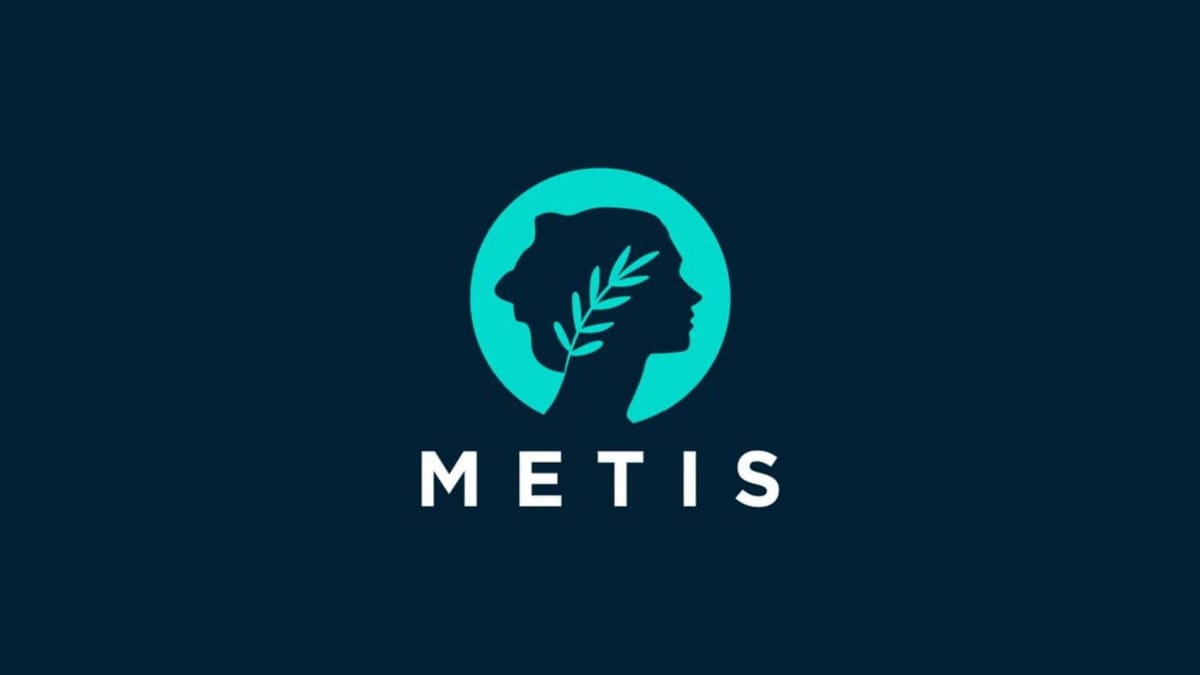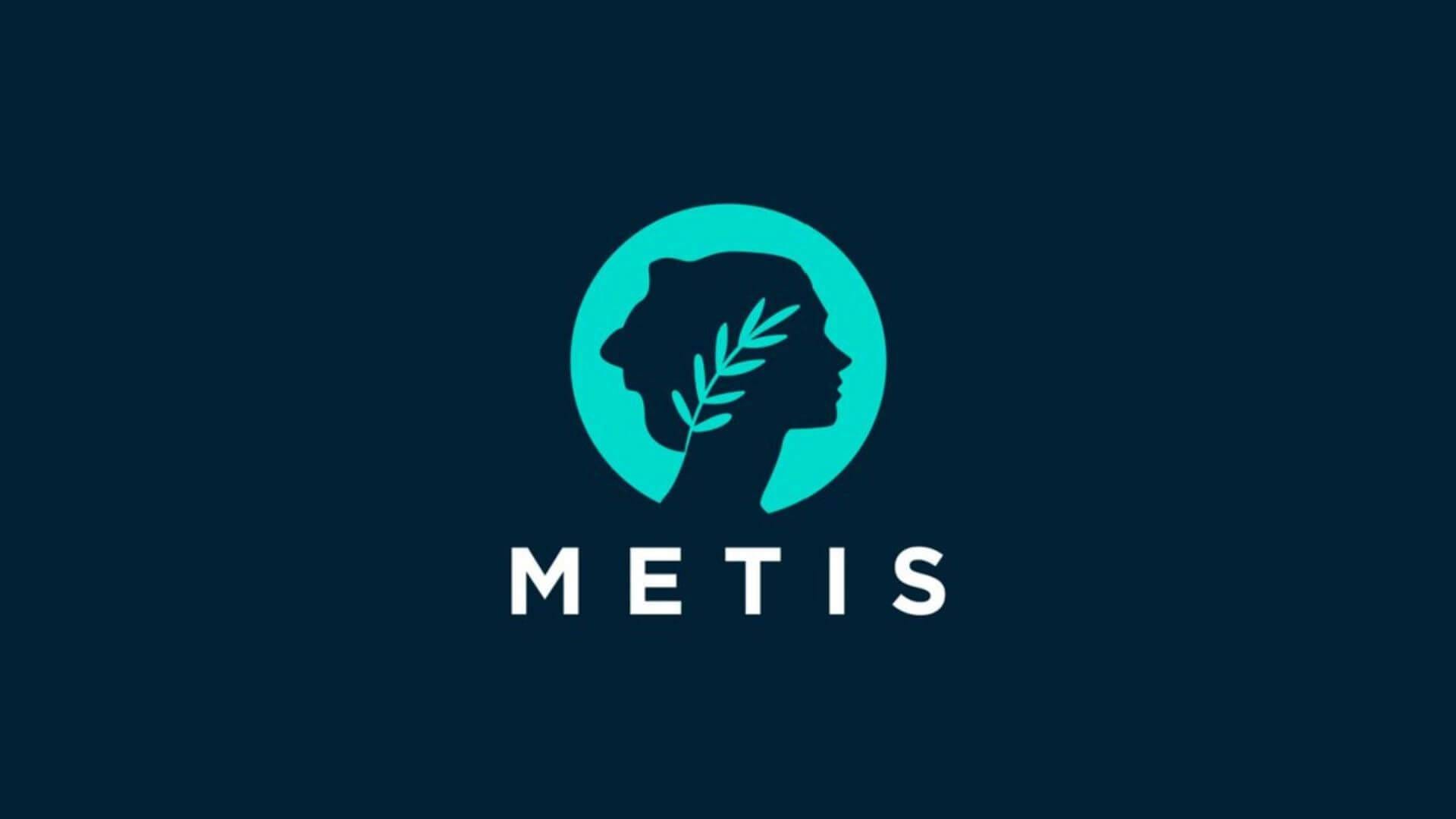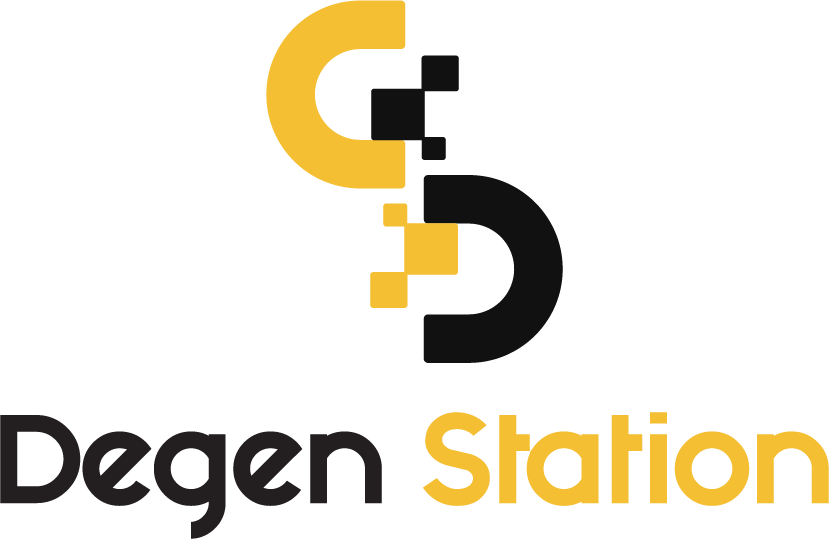Metis Passes Proposal to Integrate Data Availability on Ethereum Mainnet

Metis Passes Proposal to Integrate Data Availability on Ethereum Mainnet

Introduction
After a 7-day voting period, the Metis community has finally approved the proposal to integrate Data Availability (DA) directly into the Ethereum mainnet.
Today is a good day🌿
— Metis🌿 (@MetisL2) October 5, 2023
The community has spoken, and Metis will go back to storing all transaction data on Ethereum mainnet.
Thus, Metis will go back to being a pure Optimistic Rollup. pic.twitter.com/Kk0iiEWTSU
Details of the Proposal
The official X account of Metis has shared the results of the vote. As per the announcement, all transaction data of Metis will now be stored back on the Ethereum mainnet.
This move is intended to "decentralize the Rollup." The current Data Availability mechanism, which is integrated off-chain with support from Memolabs, will be completely shifted back to the Ethereum mainnet. Consequently, historical transaction proofs will no longer be stored by a third party but will be directly integrated on-chain to enhance decentralization.
"This step aims to decentralize our Rollup further by ensuring that our transaction data is stored directly on Ethereum, moving away from third-party storage solutions," stated Metis in their official communication.
Impact and Future Plans
Additionally, this change will pave the way for a new operational mechanism known as the PoS Sequencer Pool. This model aims to reduce dependence on a specific Sequencer and sets the foundation for future staking of METIS tokens.
However, a significant trade-off highlighted by Metis in their discussion is the operational cost. The project indicated that transaction costs will revert to levels similar to current Layer-2 solutions, meaning that Metis will no longer hold the position of being the cheapest Rollup network.
Conclusion
This proposal represents a critical step in Metis' ongoing efforts to enhance the decentralization and security of its Rollup. Despite the anticipated increase in transaction costs, the move to store data on Ethereum's mainnet aligns with broader goals of maintaining network integrity and user trust.





